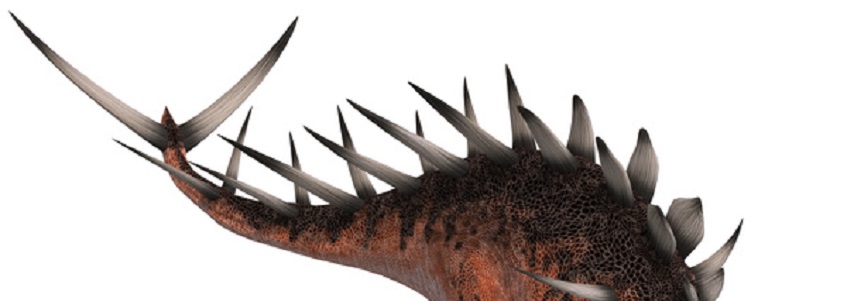What To Do In Case Of Dinosaur Attack: Roseville Edition

So! You find yourself being attacked by a dinosaur. It happens to all of us at one time or another. The first thing you need to do: panic! The second thing: stop panicking. Number three: remember all of the helpful tips, tricks and techniques that you learned from “What to Do in Case Of Dinosaur Attack.” Full to the brim with the facts you need to defend yourself from raptors and tyrannosaurs and sauropods and ceratopsians and more besides! Don’t take the risk of not seeing this show!


